Following on from our initial article titled ‘The Art of Vintage Car Racing Photography,’ one of the best-known lensmen in American motorsport, Dennis Gray, shares his lifetime of knowledge and talent in vintage car racing photography.
Easy steps to add impact to your image:
- Place you and your camera where spectators are not allowed.
- Look around you to make sure other photographers are not shadowing your camera placement.
- Get low to show off the shape of the car.
- Show the driver’s face.
- Slow shutter speed to show speed.
- Use the available light to build color and shape.
- Show the car jacked out of shape.
- Once in post-production, try different crops.
- In tight may be the way to go, or do you want to show the surrounding texture?
This is my thought process in capturing these images in the hope you may find the process useful.
Image 1 – Cobra Daytona Coupe

Track: Laguna Seca
- Location: Turn eleven
- Camera: Nikon
- Lens: f3.5/5.6 200/500mm
- Racked out to: 480mm with a polarizing filter
- ISO: 600
- Shutter Speed: 1/800 second
- Aperture: f10
- Monopod: yes
Image Notes:
To start with, it’s hard to capture a boring image of a Daytona Cobra Coupe. That said I still wanted to push the image a bit.
I scouted Laguna Seca looking for a site that gave me a “fresh” view. I wanted to show the Coupe leading other correct period cars and hopefully with a 3/4 front view.
There is a period in the late afternoon when the cars entering turn eleven are backlit with possibly just a touch of light on the front as the car turns into the turn. This side light also lights up the driver’s face with a nice almost studio side light.
This is just an instant in time as the car is going through eleven at some speed. In this image, you can just see the driver’s face. The car is leaning from the G Forces. Behind the Coupe is a selection of 289 Cobras and a white with blue stripes Corvette. F10 combined with 1/800 second for detail sharpness.
Image 2 – Formula Atlantic

Track: Sonoma Sears Point
- Location: Turn two
- Camera: Nikon
- Lens: f2.8 70/200mm with a polarizing filter
- Racked out to: 200mm
- ISO: 800
- Shutter Speed: 1/30 second
- Aperture: f8
- Monopod: yes
Image Notes:
Low camera placement to enhance the “skate board” feeling of this Formula Atlantic car as it pops up over Sears Point’s turn two.
The driver looks as though he is sitting on rather than in this car. A slow shutter speed of 1/30 second pushes the motion. The focus cursor is held on the driver’s helmet keeping him and the 30 number is some focus.
The more I look at the image, the less I mind his sunglasses. But the Go-Pro mounted to the roll bar will go to my Clone Stamp tool in PhotoShop.
Image 3 – BMW CSL 3.5 Bat Mobile

Track: Mount Tremblant
- Location: Turn 12
- Camera: Nikon
- Lens: f2.8 24/70mm with a polarizing filter
- Racked out to 28mm
- ISO: 400
- Shutter Speed: 1/250 second
- Aperture: f6.3
- Monopod: Handheld
Image Notes:
I am up the little hill just past the overpass on the outside in amongst the pine trees. I can hear the CSL coming up the hill and into the tunnel under the overpass, then he pops out and is in front of me all in a split second.
I wanted to be above the car and showing his tail out attitude while taking turn 12. I am back in the trees and an area not accessible to spectators.
Nothing wrong with capturing a view only a few of us get to see. It takes a couple of laps to sink my pan with the speeds of the cars. They pop out from the tunnel and from behind the trees so quickly.
Image 4 – Two-liter Chevron Sports Racer

Track: Laguna Seca
- Location: Turn 6
- Camera: Nikon
- Lens: f3.5/5.6 200/500mm with a polarizing filter
- Racked out to: 480mm
- ISO: 900
- Shutter Speed: 1/750 second
- Aperture: f/9.5
- Monopod: yes
Image Notes:
Tight cropping in PhotoShop helps to ad impact. The camera is down low. The car is starting to climb up the track towards turn 7.
The 480mm compresses the two following cars into the back of this Chevron. The focus is soft on the following cars. The soft overhead light lets the side of the car go dark compared to the top.
When I looked at the group run times, I knew that these brightly painted cars would make strong compressed images in turn six, especially if the soft light held. When you scout the track, build a list of turns that will possibly create nose-to-tail images.
Image 5 – Porsche RS Spyder

Track: ThunderHill
- Location: Turn 4
- Camera: Nikon
- Lens: f1.4 50mm with a polarizing filter
- Racked out to:
- ISO: 200
- Shutter Speed: 1/160
- Aperture: f9
- Monopod: Hand held
Image Notes:
Let me explain – this image was captured on a private day of testing at ThunderHill. The RS Spyder and I were the only two on track. I was on my knees on the track pavement to get a low camera placement, allowing me to see the driver under the mirror. If I was standing, the mirror blocks the driver for most of the turn. The low camera placement also enhances the shape of the car. I could hardly hope for a better background than the yellow dried grass behind the yellow car.
The RS Spyder was going to be on track for six laps total. I had six laps to capture an image. I moved around the turn each lap. I started shutter speeds at 1/350 second and ended at 1/100 second. This image is barely cropped to give you an idea of how close I was when he went by.
Image 6 – Ferrari 365 GTB/4

Track: Laguna Seca
- Location: Exiting turn 3
- Camera: Nikon
- Lens: f2.8 70/200mm with a polarizing filter
- Racked out to: 160mm
- ISO: 800
- Shutter Speed: 1/250 second
- Aperture: f5.6
- Monopod: Yes
Image Notes:
Rolex signage contributes to a “clean” background. Polarizing filter ads contrast and color intensity to the red of the Ferrari 365 GTB/4. A relatively fast shutter speed holds detail throughout the car with just a smidge of motion on the signage. With a shutter speed of 1/250 second, Rolex can be easily read.
Cropped to give less space behind with a little more in front. The “leaving someplace going someplace” cropping is not always a success – here, it seems to work.
Image 7 – Porsche Carrera Abarth GTL

Track: Laguna Seca
- Location: Inside turn 11
- Camera: Nikon
- Lens: f1.4 50mm with a polarizing filter
- Racked out to:
- ISO: 320
- Shutter Speed: 1/100 second
- Aperture: f16
- Monopod: Hand held
Image Notes:
Low hanging fog evens the light on this Abarth. I am standing next to the flagman inside turn eleven, leaning out over the tires. My feet were facing across the track aimed at the Rolex sign. I twisted to the right, picked the Abarth up with the follow focus panned through the turn, and captured the image as I was facing the Rolex sign. I continued the panning move to the left until the Abarth left the frame. One smooth continuous pan. One exposure.
It at times can be difficult to get permission to shoot out next to the flagman. It helps to make friends with the pit Marshall early in the weekend. I have found that access to the inside of turn 11 is easier in an event’s early days. Possible on Thursday and Friday, not so on Saturday and Sunday.
Image 8 – Aston Martin DB3S

Track: Laguna Seca
- Location: Exiting 8B down the hill to turn 9.
- Camera: Nikon
- Lens: f2.8 24/70mm with a polarizing filter
- Racked out to: 70mm
- ISO: 640
- Shutter Speed: 1/250 second
- Aperture: f9
- Monopod: Hand held
Image Notes:
A classic side pan image. No direct sunlight on either the car or the oak trees behind the car. The dark shadowed trees behind the car give the impression the car is running through a deep forest of oak. The soft overcast light combined with the polarizing filter enhances this early Aston Martin’s color and shape. I wanted the car sharp with some detail still in the forest but with some motion blur. The 1/250 second just works. Maybe a 1/200 second might have been better?
It may be evident that I use a narrow range of lenses usually combined with a polarizing filter in my shooting. I use the tracks environment to set images apart. Backgrounds, foregrounds, fog, overcast, even rain, late afternoon sun, and early morning sun are my pallet.
That’s not to say I don’t optimize an image with my choice of a lens. I do. I often use a long lens to compress an image or a short lens to give some perspective. But new safety fences at today’s tracks keep pushing photographers further from the cars on track, making longer lenses a necessity. It will be harder and harder to set your images apart if we are all shooting with 500mm lenses.
Image 9 – Porsche 917K

Track: Laguna Seca
- Location: Turn 6
- Camera: Nikon
- Lens: f3.5/5.6 200/500 mm with a polarizing filter
- Racked out to: 210mm
- ISO: 320
- Shutter Speed: 1/250 second
- Aperture: f11
- Monopod: Yes
Image Notes:
Mid-day image of this 917K exiting turn six. I exposed for the top of the car letting the sides fall into shadow, and the high lights burn out. I wanted a darker background combined with a darker feeling to the 917K giving a dusk feeling.
If you are stuck using mid-day light, you may want to start pushing your exposure settings, looking for alternate views. Not always a success but better than the standard bright mid-day exposure with no feeling.
Image 10 – Devin SS Chevrolet

Track: Laguna Seca
- Location: Approaching The Corkscrew
- Camera: Nikon
- Lens: z f4 24/70
- Racked out to: 36mm
- ISO: 140
- Shutter Speed: 1/125 second
- Aperture: f11
- Monopod: Hand held
Image Notes:
This was one of my early z7 Nikon Mirrorless images taken last March just before the Lockdown.
One of the many interesting features of the z7 is that I can actually see what the image will look like in the viewfinder. An interesting approach to arriving at settings for an image.
Early morning light back light’s this Devin SS. That shadow adds compositional impact. The car and the shadow are set off from the silvery track surface. In the high-resolution file, the shoulder patches can be read along with the windshield stickers.
Both the 917K and the Devin SS images are accent images for a portfolio or presentation. They show what you can see in something else besides the standard magazine image.
Image 11 -Chaparral Mk I Chevrolet

Track: Laguna Seca
- Location: Exiting turn 6 up the hill towards turn 7
- Camera: Nikon
- Lens: f3.5/5.6 200/500 with a polarizing filter
- Racked out to: 500mm
- ISO: 1600
- Shutter Speed: 1/500 second
- Aperture: f16
- Monopod: Yes
Image Notes:
I wanted the low camera placement to accent the car’s fenders combined with nose lift under acceleration. The trade-off was losing the driver behind the front right fender. The green and yellow Rolex signage break up the monochromatic look of the image.
Image 12 – McLaren M8F Chevrolet

Track: Indianapolis Road Track
- Location: Turn 13
- Camera: Nikon
- Lens: f2.8 70/200mm with a polarizing filter
- Racked out to: 200mm
- ISO: 64
- Shutter Speed: 1/30 second
- Aperture: f9
- Monopod: yes
Image Notes:
My goal of an image with blur every place but the driver. Maximize movement and speed. I placed the focusing curser on the driver’s helmet then followed the helmet through the turn capturing the image at the point I thought showed the car to its best. Low camera placement to access the driver popping up between the fenders and the wing with those tall injector stacks behind him.
I do not use burst exposures but expose them in single sets. As a photographer, it’s important to recognize the point of action-the point of movement that will yield the best image. Suppose you use the burst technique and shoot 10, 20, or more images for each shot; where is the fun in that?
The hours I spend on post-production when only shooting a single image would be multiplied many times if I had to edit the keepers from burst shooting.
Image 13 – Sprite followed by two Minis

Track: Sears Point
- Location: Turn 10
- Camera: Nikon
- Lens: f3.5/5.6 200/500mm with a polarizing filter
- Racked out to: 500mm
- ISO: 1600
- Shutter Speed: 1/800 second
- Aperture: f10
- Monopod: Yes
Image Notes:
The smaller production classes yield interesting images. The red mini often runs with his ancillary lights burning. I use him to accent the pavement behind and beside the sprite. The Sprite driver’s eyes are visible. The 500mm lens compresses the cars up tight. I have cropped up tight to lose the construction yard garbage Sears Point often has behind turn ten.
Subtle color is added by UC Berkeley blue and gold corner marker.
I knew about the Mini’s lights. I knew turn ten would give me a good opportunity to get the mini lights in a compressed image. I was there when these three spent a couple of laps, nose to tail. Again know your cars and know your track.
Image 14 – Formula Jr. driver in the Hot Pits

Track: Laguna Seca
- Location: Hot Pits waiting to go out to qualify.
- Camera: Nikon
- Lens: f2.8 70/200
- Racked out to: 200mm
- ISO: 800
- Shutter Speed: 1/180 second
- Aperture: f8
- Monopod: Hand held
Image Notes:
One of my rules is always to shoot portraits into the shadow side. Gives shape and texture to the face. I was back against the wall on my knees to get an eye-level camera placement. I wanted to capture the intensity just before the cars are released. The eyes are my subject, so I cropped out any distractions.
Image 15 – Porsche RS Spyder

Track: ThunderHill
- Location: Lonely back straight.
- Camera: Nikon
- Lens: f2.8 70/200mm with a polarizing filter
- Racked out to: 86mm
- ISO: 360
- Shutter Speed: 1/400 second
- Aperture: f9
- Monopod: Yes
Image Notes:
Deep blue sky contrasting with the Central Valley’s brown dry grass and then one lone tree sets of this RS Spyder. More motion blur, and I lose the tree. When I use this in a portfolio, I’ll go into PhotoShop and lose the foreground’s pavement strips. Again low camera placement to see under the mirrors.
Image 16 -Porsche 910

Track: Sears Point Sonoma
- Location: Turn 4
- Camera: Nikon
- Lens: f3.5/5.6 200/500mm with a polarizing filter
- Racked out to: 500mm
- ISO: 1000
- Shutter Speed: 1/1000 second
- Aperture: f11
- Monopod: Yes
Image Notes:
Outside turn four is a place to capture multiple cars. I knew from qualifying that these three Porsches would be nose to tail, at least for the first couple of laps. I would have liked to capture just the three white Porsches.
The Brabham is a case in point of having to use what the track gives you. In this case, good light for Porsche white and three Porsches and one Brabham. A good corner to capture nose to tail. All three drivers with clear face shields but sunglasses. Next lap, the 908 was gone down the track, and the two 910s were spread out.
Image 17 – Alfa Romeo Tipo C8

Track: Sears Point
- Location: Turn 2
- Camera: Nikon
- Lens: f2.8 70/200mm + 2.0 TX
- Racked out to: 340mm
- ISO: 900
- Shutter Speed: 1/400 second
- Aperture: f5.4
- Monopod: Yes
Image Notes:
Standing beside a tack in a raging storm. Well, at least a heavy cold rain. Head-on captures the water flying straight up better than this 3/4 front view. But I would have lost some of the driver and the motion in the tire’s side wall.
Details to look for in a rain image include the water building up in front of the tire’s tread and the car’s reflection in the pavement.
Image 18 – Shadow Can-Am

Track: Laguna Seca
- Location: Paddock
- Camera: Nikon
- Lens: f2.8 24/70mm
- Racked out to: 70mm
- ISO: 250
- Shutter Speed: 1/200 second
- Aperture: f2.8
- Monopod: Hand helled
Image Notes:
Cockpit and nose of a Shadow Can-Am car under a protective covering, early morning in the paddock. Why? Well, I thought it was an interesting image that many other photographers would walk by.
Image 19 – Porsche RS Spyder

Track: Laguna Seca
- Location: The Corkscrew
- Camera: Nikon
- Lens: f2.8 70/200mm with a polarizing filter
- Racked out to: 200mm
- ISO: 720
- Shutter Speed: 1/250 second
- Aperture: f10
- Monopod: yes
Image Notes:
The challenge is to utilize the background signage in building interest in the image. I found when I was building my images, that blur to enhance the speed of the car is distracting if the background image is blurred. Especially if the background is of a well-known Porsche driver like Jacky Ickx. So I went the other direction, keeping a large part of the Ickx image in the composition recognizably sharp. The RS Spyder, just as it reaches the lip of The Corkscrew is sharp.
Image 20 – MARCH F1

Track: Laguna Seca
- Location: The Corkscrew
- Camera: Nikon
- Lens: f2.8 200/500mm with a polarizing filter
- Racked out to: 260mm
- ISO: 1000
- Shutter Speed: 1/640 second
- Aperture: f11
- Monopod: Yes
Image Notes:
From outside the track looking back up the hill at the entrance to The Corkscrew. I wanted to capture the corner workers and their flags as the
Masters Series F1 cars came by. The MARCH is three-wheeling here with the right side front tire off the ground. I cheated just a smidge with adding blue sky. Another point, this is outside the track where spectators are not allowed.
Image 21 – Two Bugattis

Track: Sears Point Sonoma
- Location: Turn 11
- Camera: Nikon
- Lens: f4 300mm
- Racked out to: 300mm
- ISO: 320
- Shutter Speed: 1/640
- Aperture: f 7.1
- Monopod: Yes
Image Notes:
Much of the character of Sears Point’s turn eleven left with the addition of rubber belts to cover the green tires in the background.
I like shooting Bugattis from the front as the wheels appears to be going in different directions. The rear driver leaning out of his car and watching the leading car makes the image. Again, with pre-war cars, no roll bar, no safety belts, and one open face helmet in this image. I was positioned for a mostly front image so I used a faster shutter speed to keep detail.
Image 22 – Aston Martin DB3s

Track: Laguna Seca
- Location: Turn 3
- Camera: Nikon
- Lens: f3.5/5.6 200/500mm with a polarizing filer
- Racked out to: 310mm
- ISO: 1600
- Shutter Speed: 1/160 second
- Aperture: f14
- Monopod: Yes
Image Notes:
Cross pan. I am panning my Nikon from right to left following the Aston Martin. The focus curser is following the driver’s helmet.The Ferrari following is moving left to right or across my pan adding movement to the Ferrari.
Even 1/160 second holds detail in this image. Going to a slower shutter speed might well work. Of course, it’s another lap under Monterey Sun known to most of us as a cold, wet fog.
Image 23 – Two 911 Porsches

Track: Laguna Seca
- Location: Exiting turn six
- Camera: Nikon
- Lens: f 2.8 70/200mm with a polarizing filter
- Racked out to: 102mm
- ISO: 500
- Shutter Speed: 1/250 second
- Aperture: f9
- Monopod: Yes
Image Notes:
I am outside the track up the hill from turn six. These two guys are racing up the hill to seven. I used a wider crop to show off some of Laguna Seca’s surrounding texture, especially entering and leaving turn six. Note the spectator along the fence above the track to the right. If the photography Gods smile, you may be able to capture cars following behind just as they enter turn six.
Image 24 – Ferrari F1

Track: Laguna Seca
- Location: Turn 5
- Camera: Nikon
- Lens: f3.5/5.6 200/500mm with a polarizing filter
- Racked out to: 200mm
- ISO: 450
- Shutter Speed: 1/320 second
- Aperture: f9
- Monopod: Yes
Image Notes:
Another example of any image of a vintage Ferrari has interest. A Ferrari Vintage F1 is even more interesting. I used a faster shutter speed of 1/320 second, counting on the second car’s cross panning to add movement. There is little a hill just to camera left of the camera access hole at turn five.
The track’s visibility through the fence is tight, but you can get a high view of the cars as they pass, such as I did here—soft overcast light.
Image 25 – 1939 Mercedes Benz W154

Track: Sears Point Sonoma
- Location: Turn two. Inside turn two. One foot from the track’s pavement
- Camera: Nikon
- Lens: f2.8 24/70mm
- Racked out to: 29mm
- ISO: 64
- Shutter Speed: 1/160 second
- Aperture: f11
- Monopod: Hand held
Image Notes:
A little history on this image. I was one of a couple of photographers who had track permission to go over the wall and get closer to the track than normally allowed for the W154 demo run of four laps.
The corner workers across the track from me had not read their notes and thought I was infringing on forbidden territory. In my images, you can see them frantically waving while at the same time yelling to get back off the grass and behind the wall. I must have been unable to hear them.
I captured this image during the four-lap demo run of the W154. I always planned on turning the image into a warm black and white image, enhancing the vintage feel.
As for the corner workers, they called track security, who arrived as I was walking back down the hill from turn two. They were enraged that I would go over the wall. It all worked out in the end, with one of the track staff later apologizing for the miscue.
Some short notes:
ISO and ASA are similar but not the same. In the old days, as we pushed ASA to higher numbers, we gained grain, gained contrast, and lost detail. As we increase ISO, we need to go really to the high numbers to gain noise that is objectionable. Even then, there are several apps that will eliminate noise. The contrast and shadow detail tend to remain constant.
My one hard fast rule is do not stop down past f11 with digital cameras.
You can research this on Nikon World if you have questions.
These images and accompanying data are intended as starting points for your own imaging.
I use a number of images from Laguna Seca because they have over the years the best selection of cars, variable weather conditions, plus I spend more time at Laguna then any other track.
Check out the masters of painting. Rembrandt and his buddies are always looking into the shadow side of a face, body or still life.
Those beautiful shiny green leaves you see in the brush around Laguna Seca – avoid them. They are in all probability poison oak, Monterey’s most prolific wild plant.
A similar point about Sears Point: Sears uses sheep to keep the grass trimmed around the track. There is nothing slipperier than wet sheep poop after a rain. There you are, balancing your camera and equipment bag as you are navigating your way along the track fence, and you just happen to step in It. Just throw those shoes away as that smell will never clean off. Under no circumstances bring them anywhere near your wife or girlfriend, let alone your house or apartment.
Try to capture at least one image each day of your shooting that could enhance your portfolio.
I find editing images each night on my return to the hotel from dinner helpful. I can keep track of how my approach to the track and cars is progressing.
Edit hard. Do not add any images to your portfolio that are not portfolio images.
Keep the best image from your first event, compare the image to the best image from your second event, and so on through the year. At the end of the year, can you see an improvement?
Learn to see the peak action and capture it with one exposure.
Buy the best equipment you can afford. For rolling bags, belts, shoulder bags, duffel bags, and Red Whips I like ThinkTank Photo. thinktankphoto.com All American-made and designed equipment.
If you have any questions please drop me an email. [email protected]


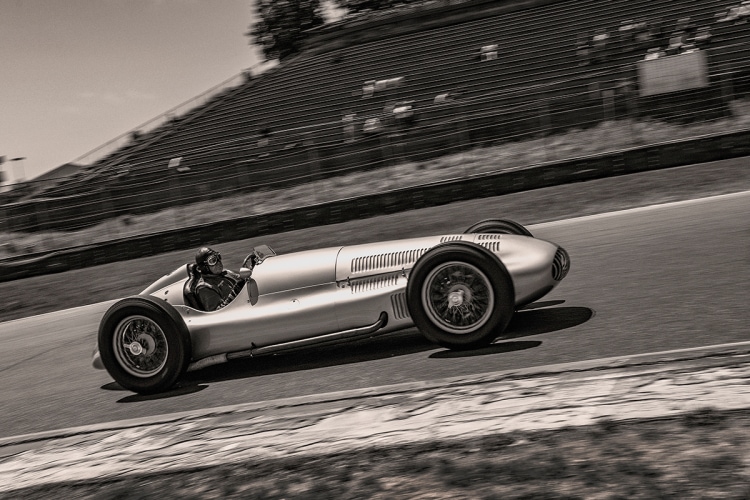
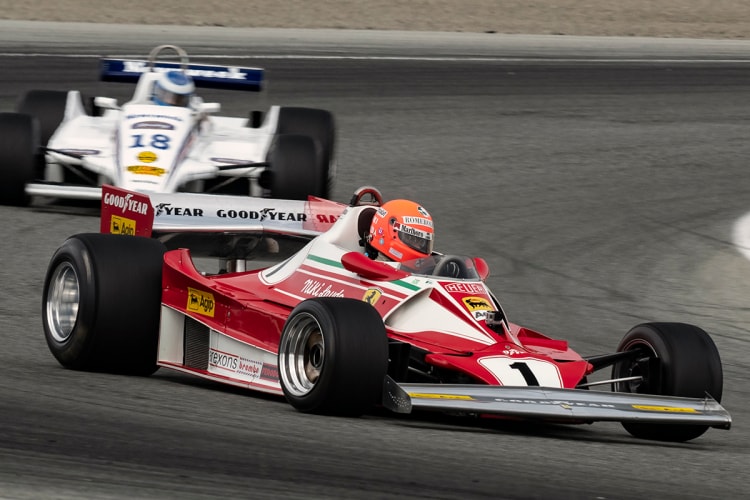
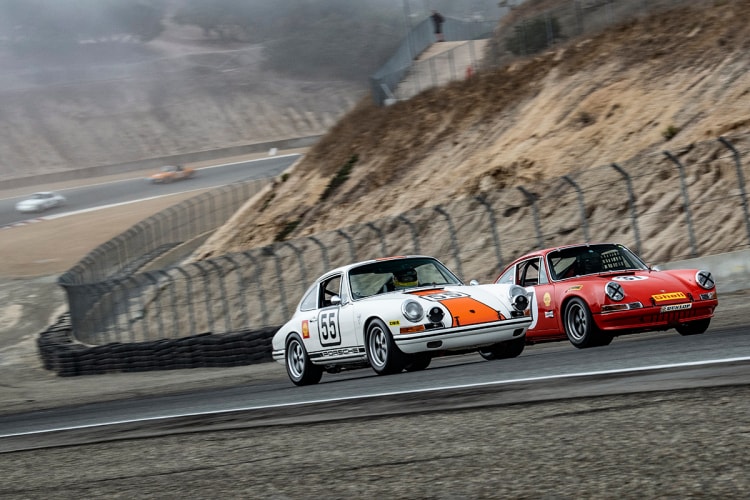
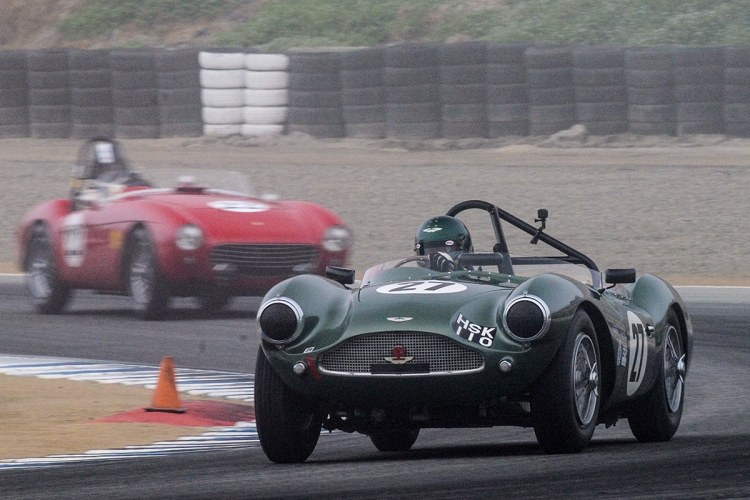
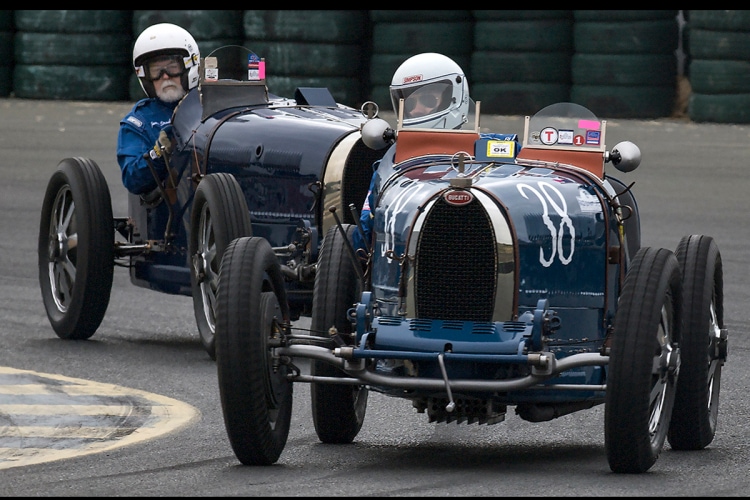
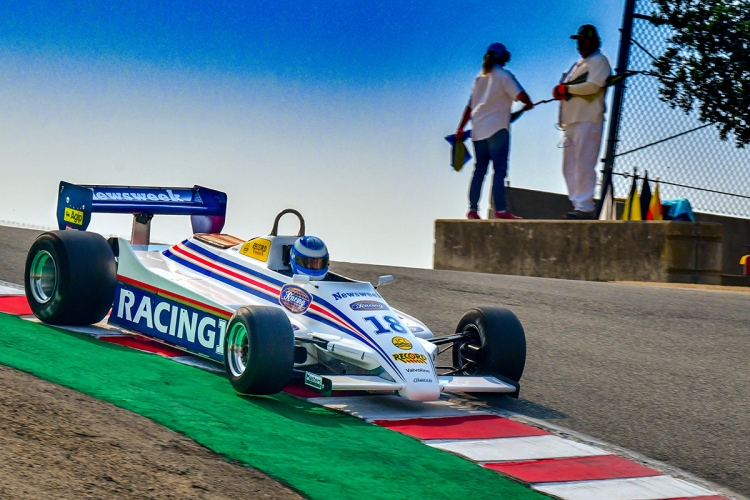
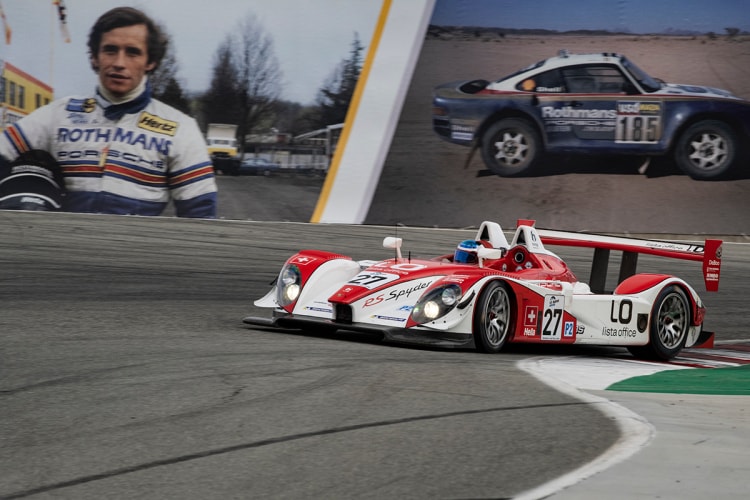
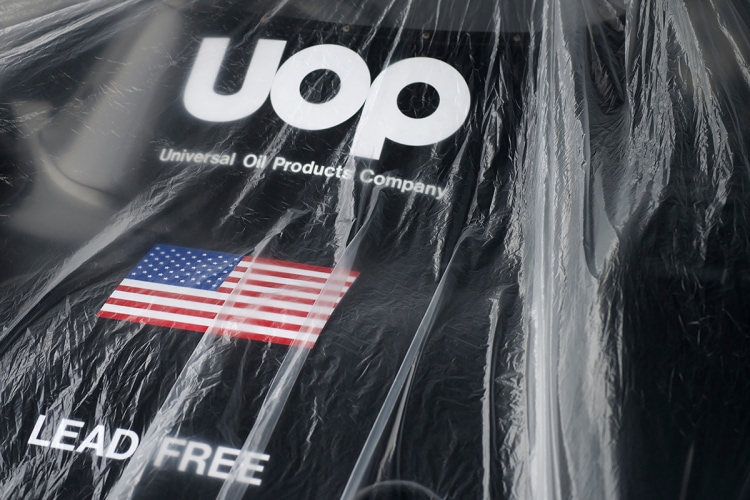
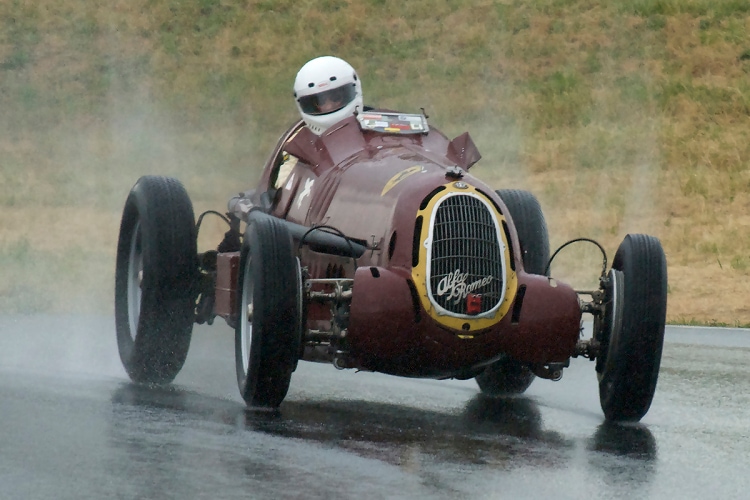
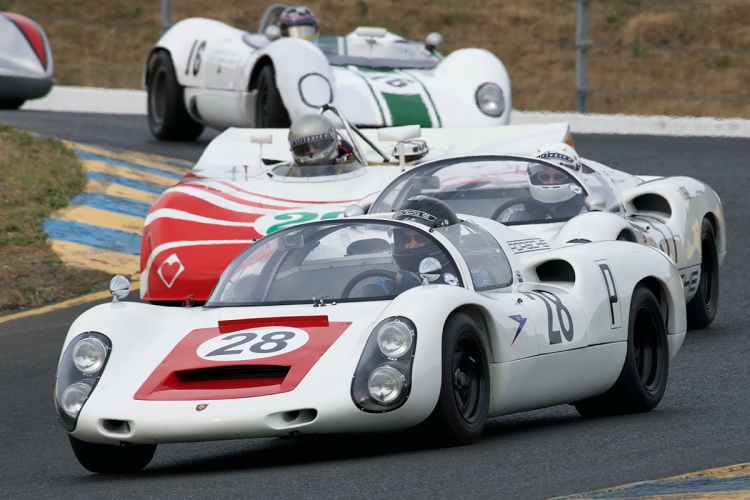
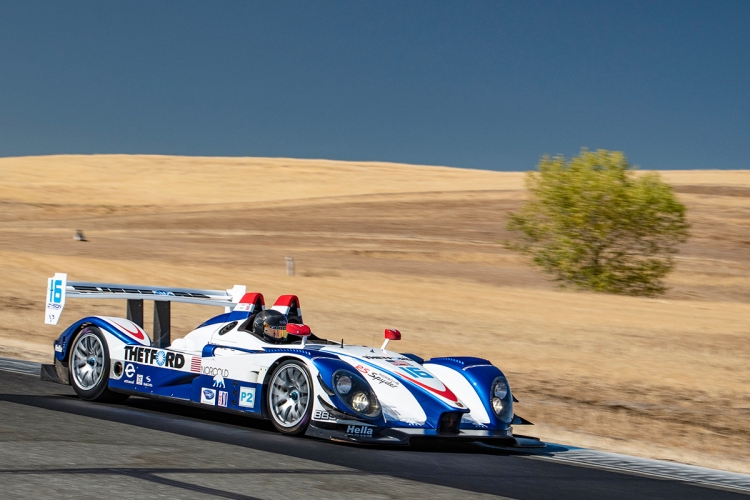
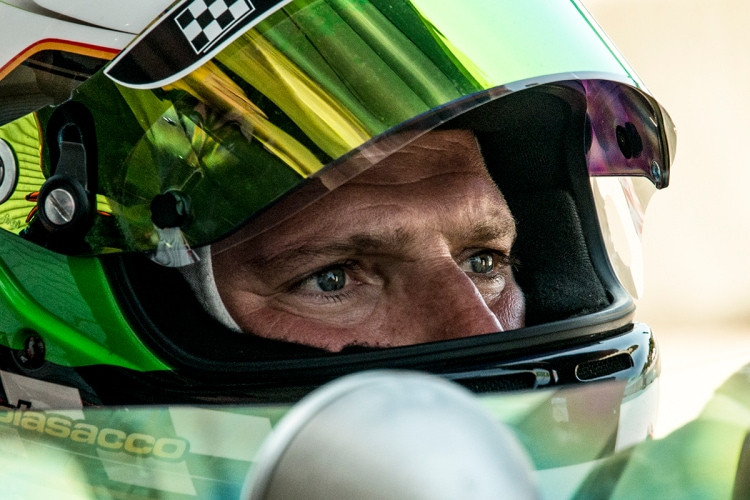
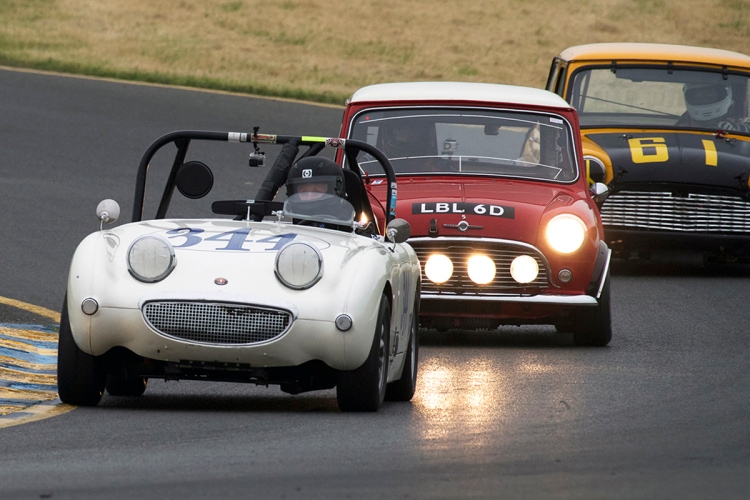
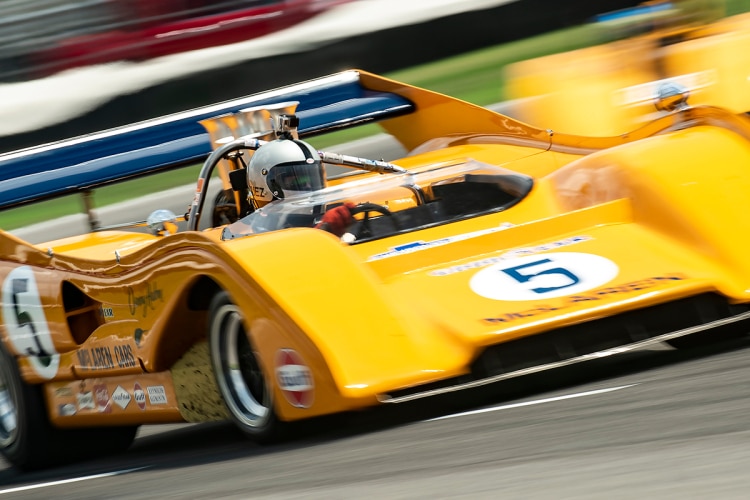
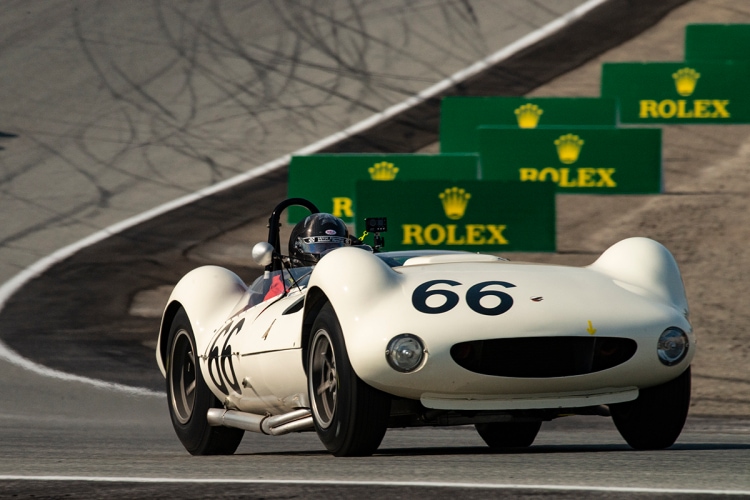

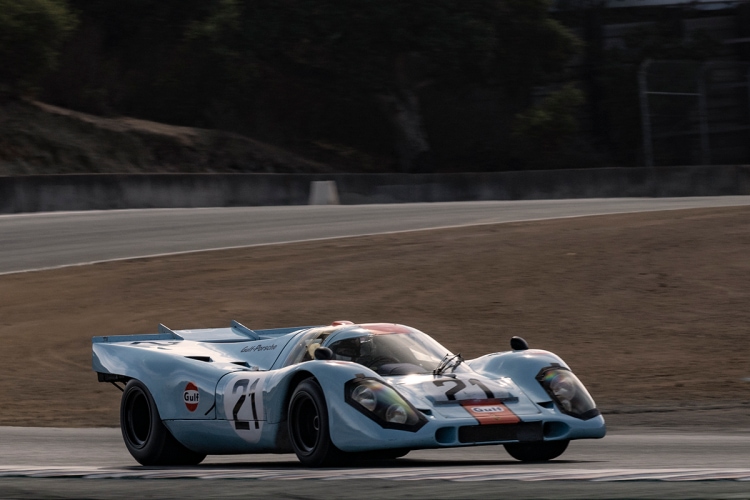
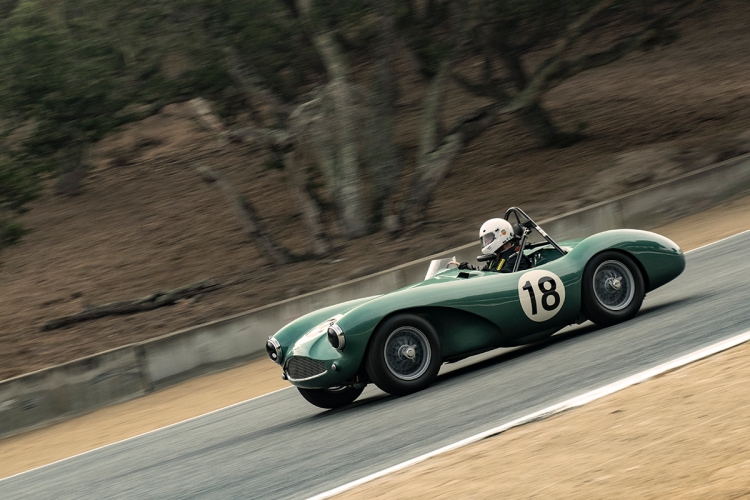
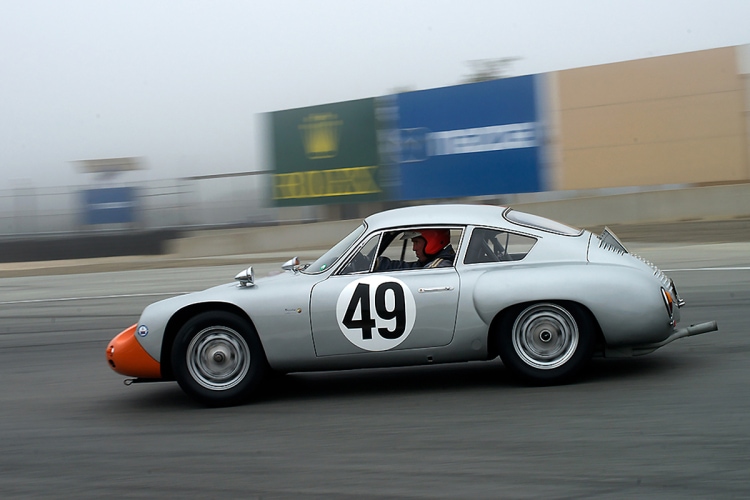
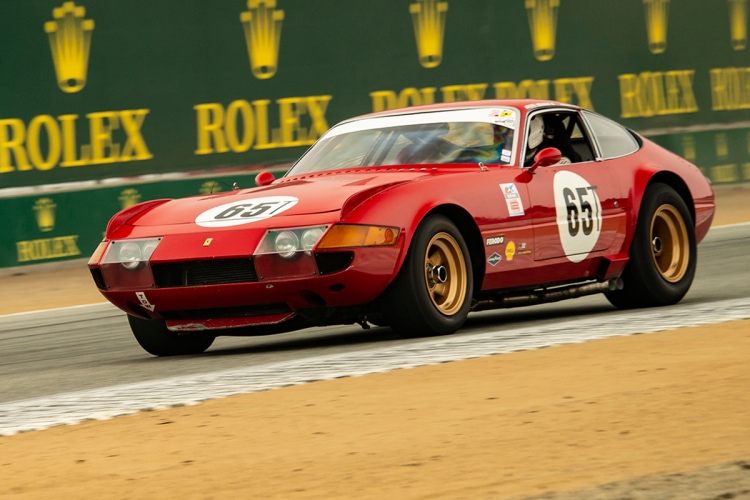
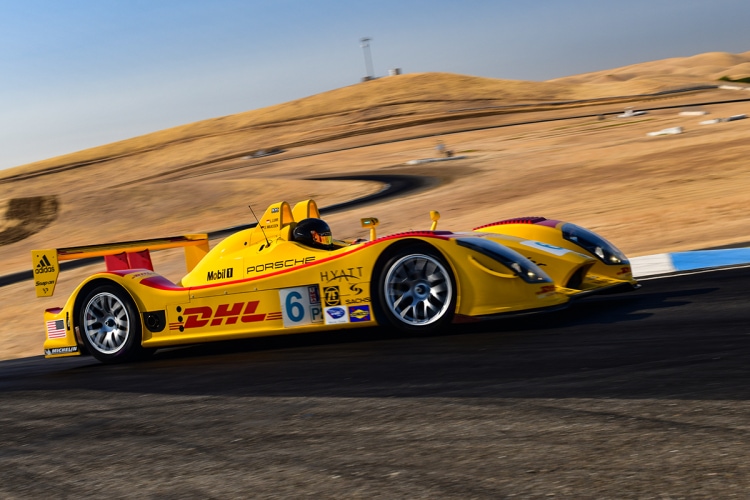
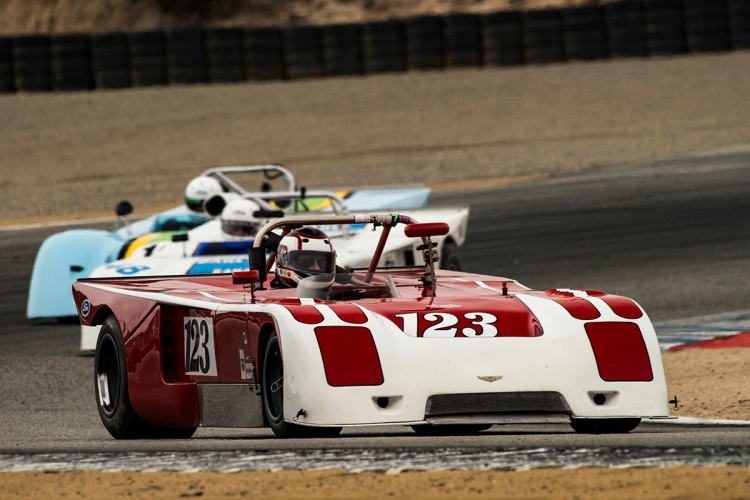
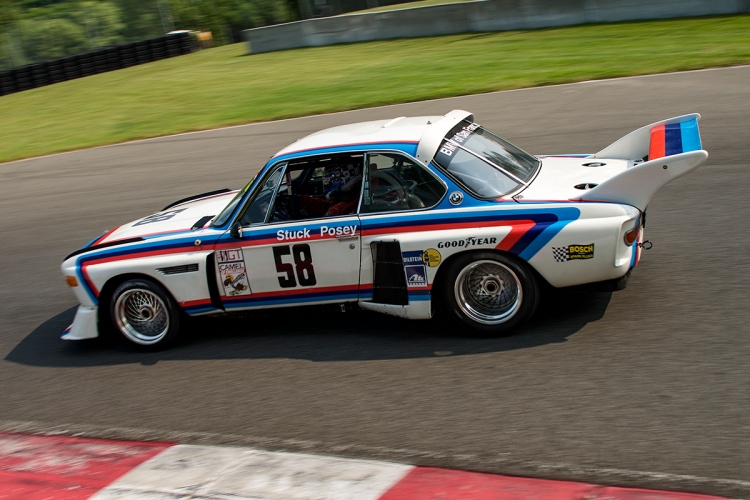
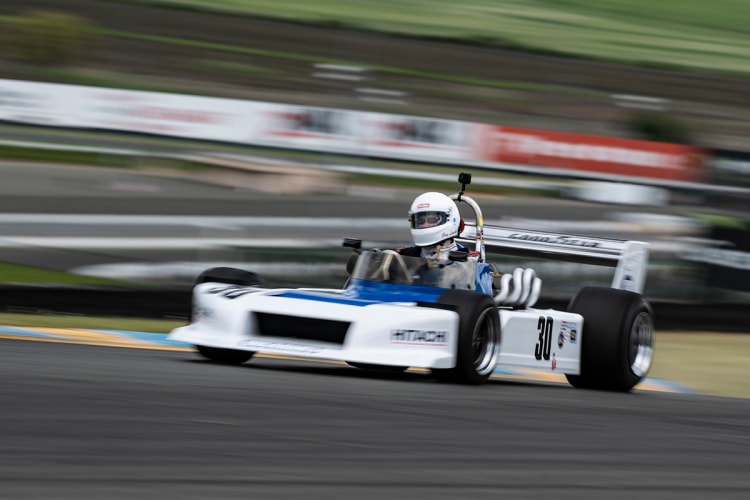
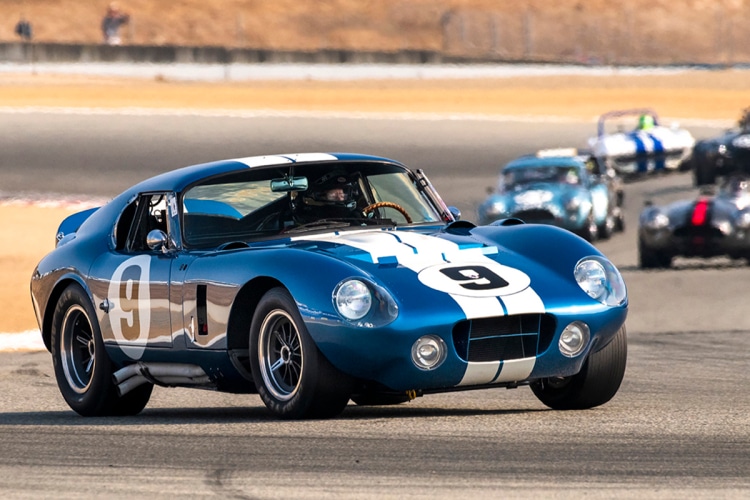
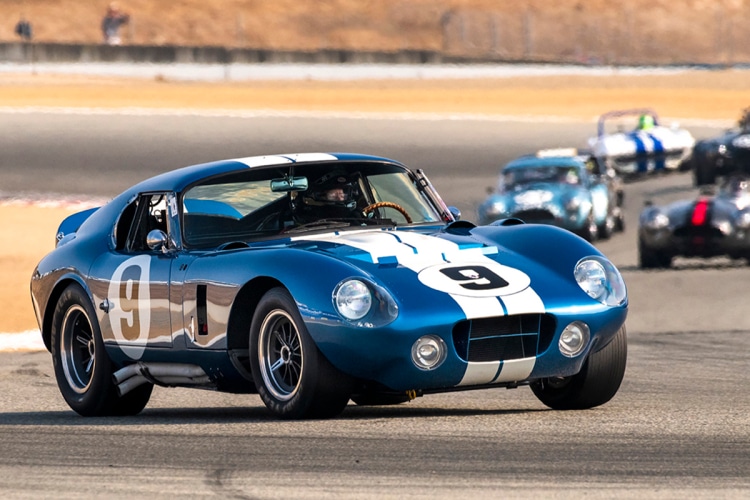



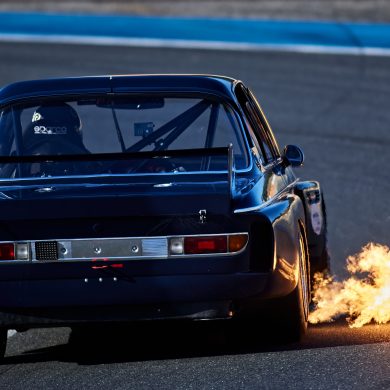
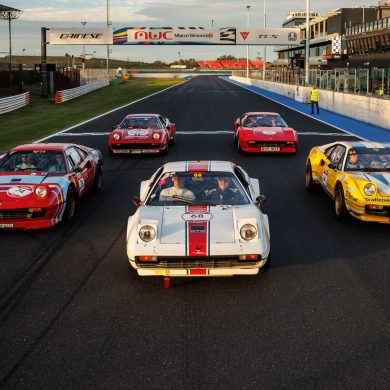
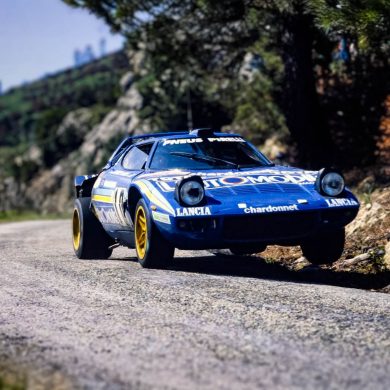


I’m learning things I never knew and would probably never learn on my own. I’ll ask more questions the next time we shoot together
what a great article. fantastic pics, great notes and comments. thank you !